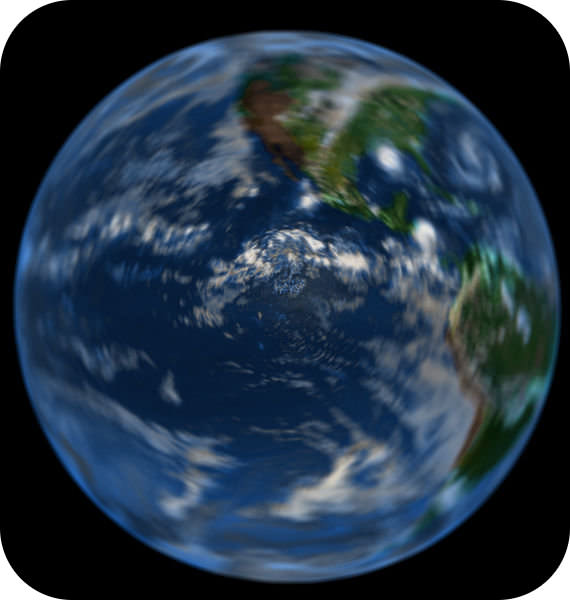Introduction

But it all seems so solid!
Besides flying around on a ball of rock — orbiting a giant ball of burning gas and spinning in circles about an axis — the ground you sit on is moving! Just as Copernicus, Kepler, and Galileo had trouble convincing people that Earth orbited the Sun when it clearly seemed that Earth was at the center of the universe and everything moved around it, early adherents to the idea that continents could move had to fight against, well, common sense. Over the past century the idea that continents could move was proposed, studied, abandoned, and finally accepted.
We’ll start this concept with a field trip back in time to the scientists that developed plate tectonics theory.
First, we’ll visit Wegener, and then we’ll get aboard ship to learn about seafloor spreading. Finally, we’ll travel around western North America to see the features created by the different types of plate boundaries there.
Chapter Outline
1. Continental Drift
2. Wegener and the Continental Drift Hypothesis
3. Magnetic Polarity Evidence for Continental Drift
4. Bathymetric Evidence for Seafloor Spreading
5. Magnetic Evidence for Seafloor Spreading
6. Seafloor Spreading Hypothesis
7. Earth's Tectonic Plates
8. Divergent Plate Boundaries in the Oceans
9. Divergent Plate Boundaries
10. Transform Plate Boundaries
11. Ocean-Continent Convergent Plate Boundaries
12. Ocean-Ocean Convergent Plate Boundaries
13. Continent-Continent Convergent Plate Boundaries
14. Supercontinent Cycle and Pangaea
15. Intraplate Activity
We will explore each of them.
And if you like to read all of them in hausa, visit www.kimiyyadahausa.blogspot.com

No comments:
Post a Comment